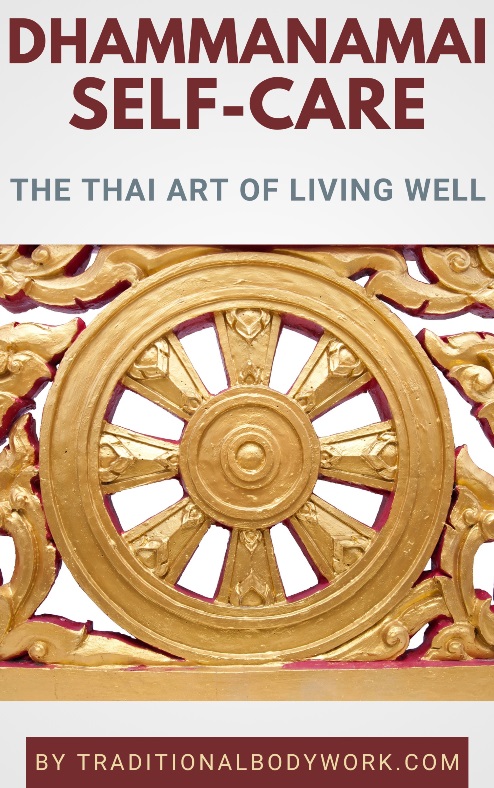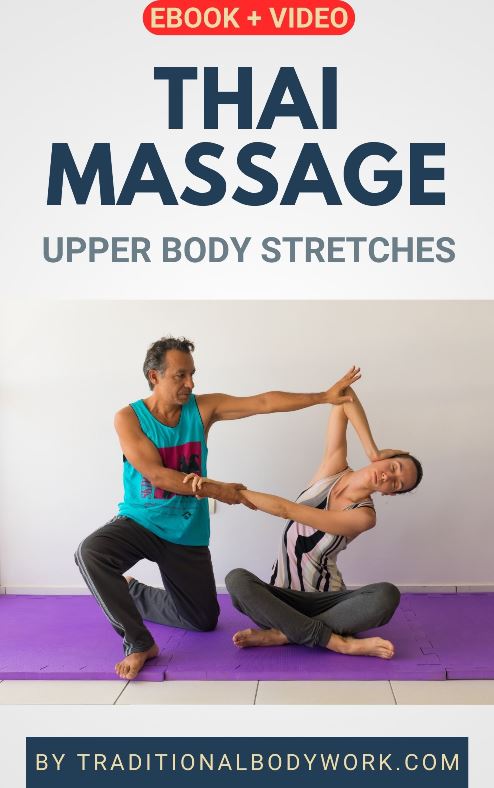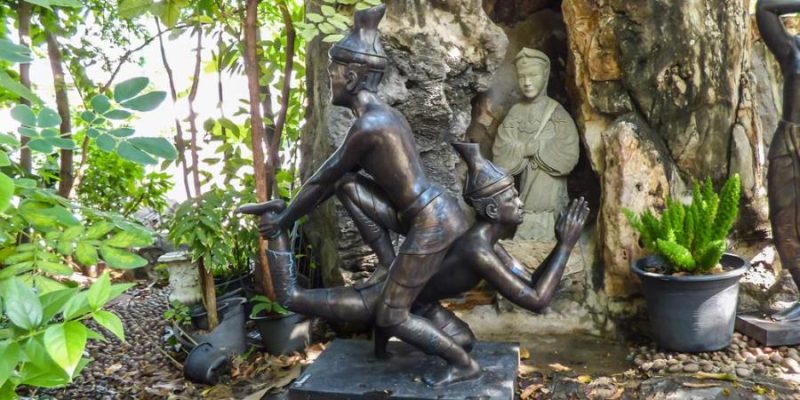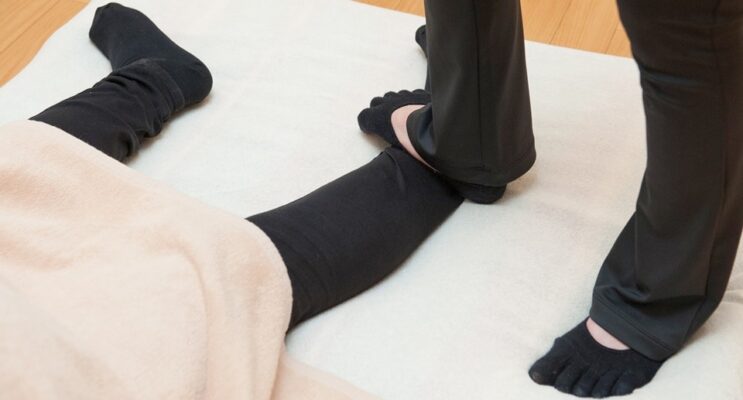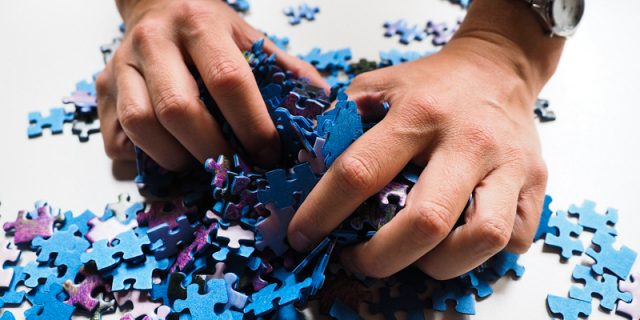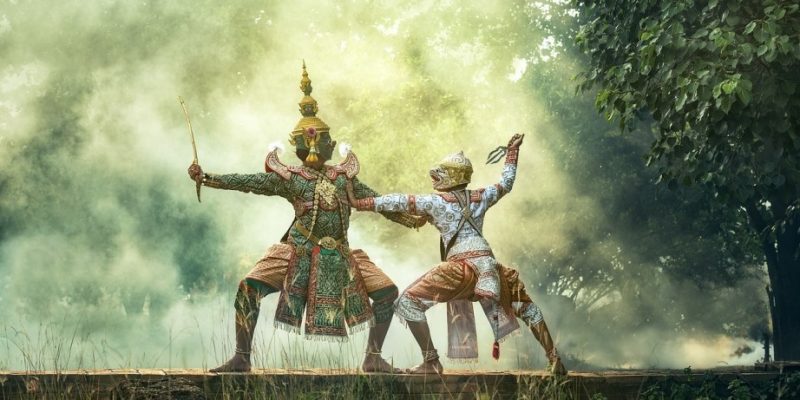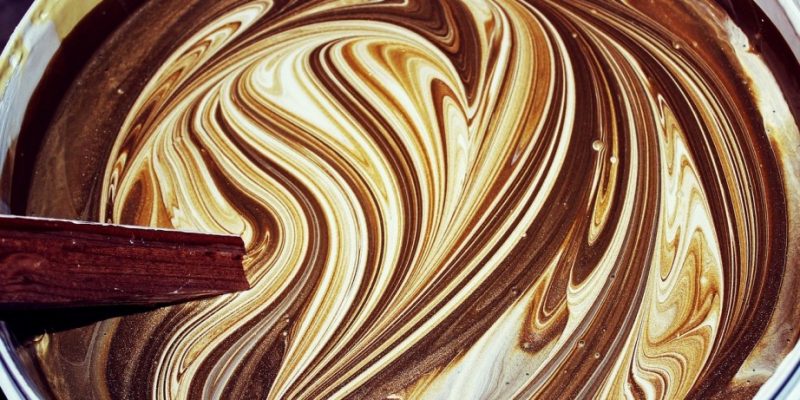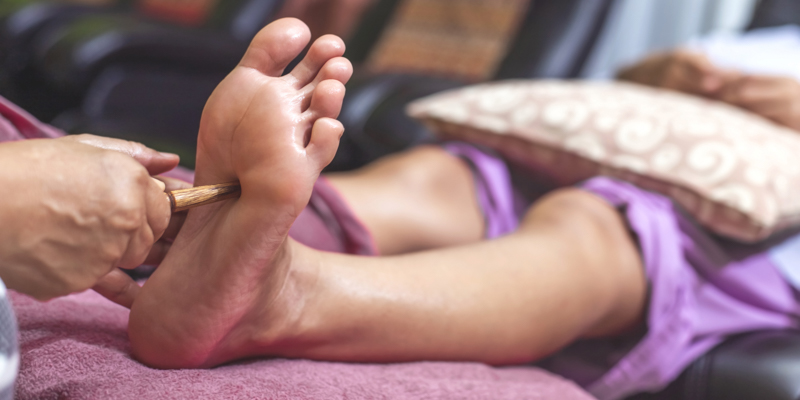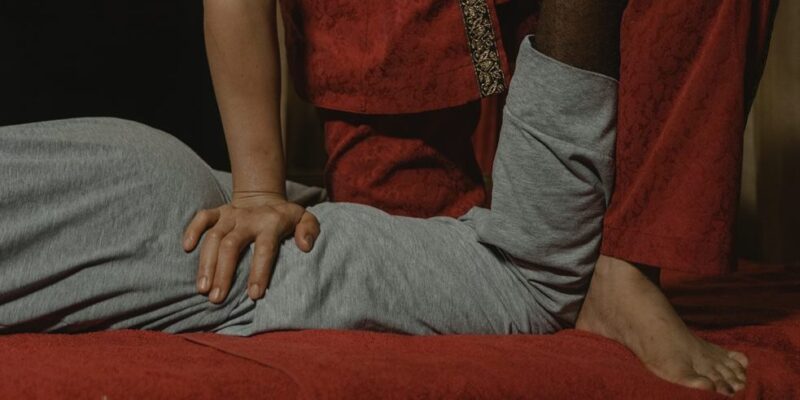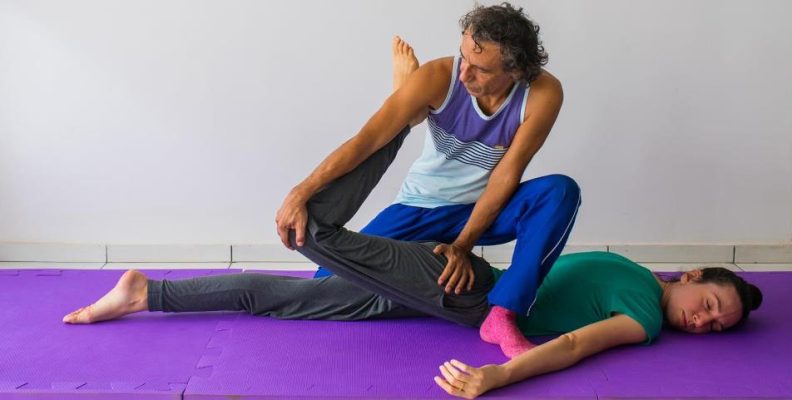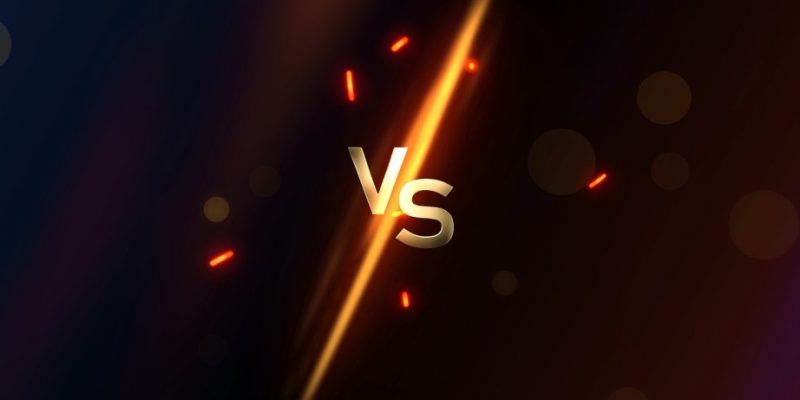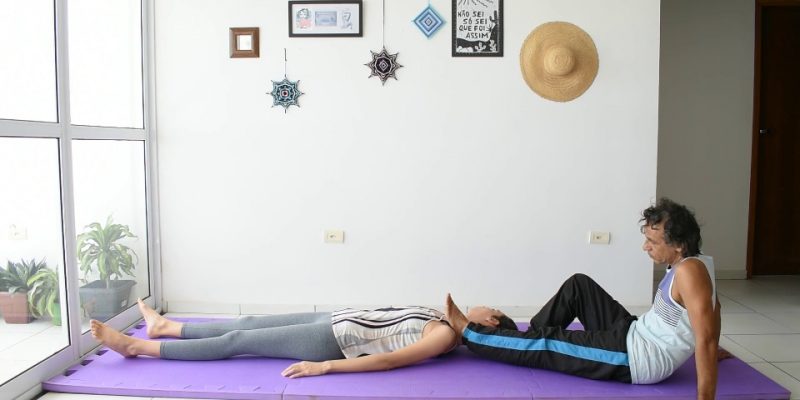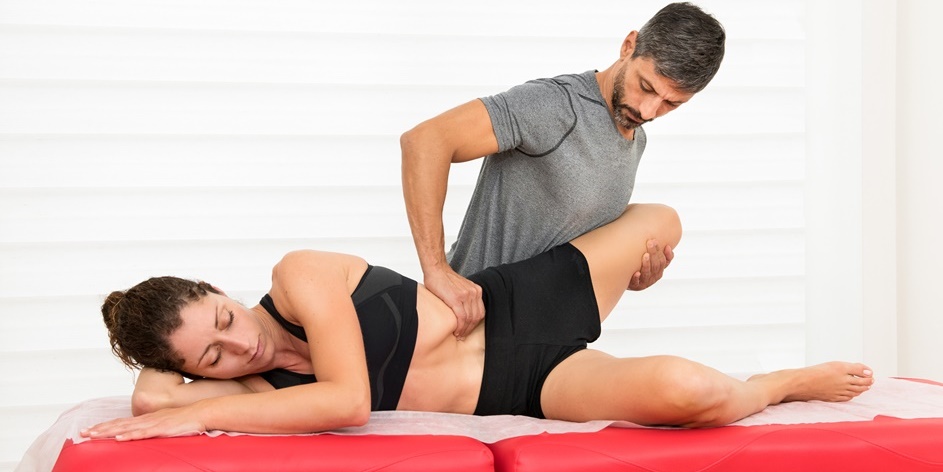
One of the noticeable contemporary developments in the Thai Massage community, both in Thailand and across the globe, is hybridization. It means that Thai Traditional Massage concepts, methods, and techniques are taken up and mixed, blended, integrated, emphasized, or used isolated within other healing disciplines.

Examples thereof are modern phenomena like Osteothai, PhysioThai, Chi Nei Tsang, Shiatsu-Thai, Vedic Thai, or Thai Yoga Massage, to name some “new” healing modalities.
Sometimes one gets the feeling that practitioners and trainers use other disciplines, like Traditional Chinese Medicine or Ayurveda to “upscale” or even “legitimize” their work with Thai Traditional Medicine or more in particular, with Thai Massage.
Not that these contemporary Thai Massage hybrids have no value or merits of their own — that’s not for me to decide but for researchers, clients, and future generations — but it must be clear that they are not “more authentic,” “more rooted,” or “more pure” Thai Massage modalities, but simply new directions taken.
One of the questions that arise is if it’s “wise” to mix healing systems with different conceptional backgrounds. I mean, does hybridization perhaps counteract or impede healing? I don’t know. It’s just a question. I cannot give an informed judgment here, because I know what’s Thai Massage about, but I have little knowledge and experience with other healing disciplines.
Blended Thai Massage
To give an example of how a hybrid might work, let’s take a look at Osteothai. What we see happening here is that Thai Massage therapists are taught to bring in Osteopathic fine-grained tissue and mobility restriction release techniques into Thai Massage sessions.
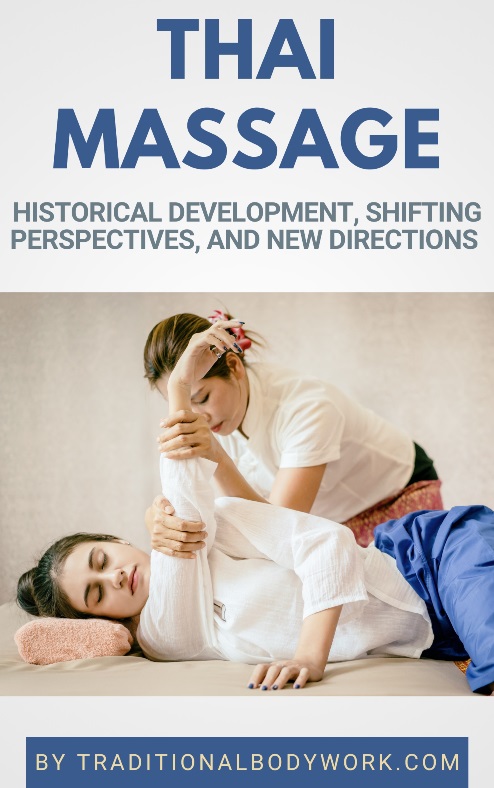
By contrast, if Osteopaths take such a training course they will bring in Thai Massage techniques, such as Thai Yogic stretches, in Osteopathic healing work. Things go both ways.
Of course, doing so (I’m referring to the example above) could improve healing and healing results if one considers that one takes the “best of both worlds” to tackle certain health issues or pathologies.
What I do find a matter of concern is the fact that non-specialists, say in our example-case — non-Osteopaths, start to use Osteopathic techniques without having a proper Osteopathy training or education. So, you can be an excellent, proficient and well-qualified Thai Massage therapist, but what are the results of using osteopathic techniques if you don’t have a decent Osteopathy education? Again, I don’t know. It’s just another question.
Emphasis on Thai Massage Techniques
Another example of a well-known hybrid is what nowadays is called Thai Yoga Massage. Well, perhaps hybrid is not the right description exactly. Because this is not so much a mix of two distinct healing modalities, but emphasis and exaggeration of a certain intrinsic part of Thai Massage, in this case the Yogic stretching techniques found in Thai Massage.
By putting more theoretical and practical emphasis on Yogic stretches and making them a bigger part than usual of a Thai Massage training course or treatment session, Thai Yoga Massage is born. In itself perhaps nothing wrong with this practice, but in the past fifteen years Thai Yoga Massage has gradually become almost synonymous with Thai Traditional Massage. This of course is an anomaly and can easily give students an incorrect picture of what Thai Massage actually stands for.
Evolution of Thai Massage

Of course, Thai Traditional Massage as we known it today is a modality that developed and evolved over hundreds or perhaps even thousands of years. No doubt, seen historically, that Thai Massage is also a blend and hybrid, influenced by Indian, Tibetan, Chinese, and local indigenous healing practices.
Nonetheless, it came about during a very long process of trial and error, experience, and gradual change, being refined and fine-tuned within a region and cultural context what is now called Thailand.
Certainly there’s no use in trying to stop today’s hybridization in Thai Massage. It’s going, it’s happening, it’s there. We can only try to be sensible and critical. And for sure, in ten, twenty, or a hundred years Thai Massage will have a completely new face. Perhaps same same, but different, or perhaps only totally different. But hopefully for the better.



